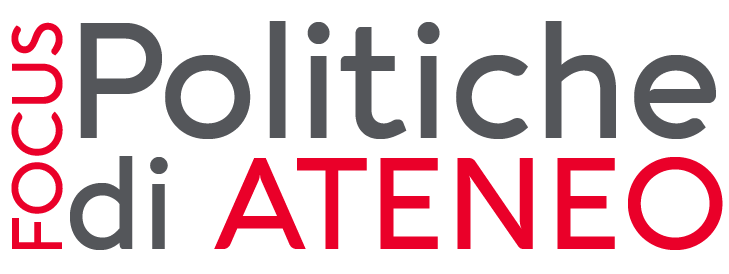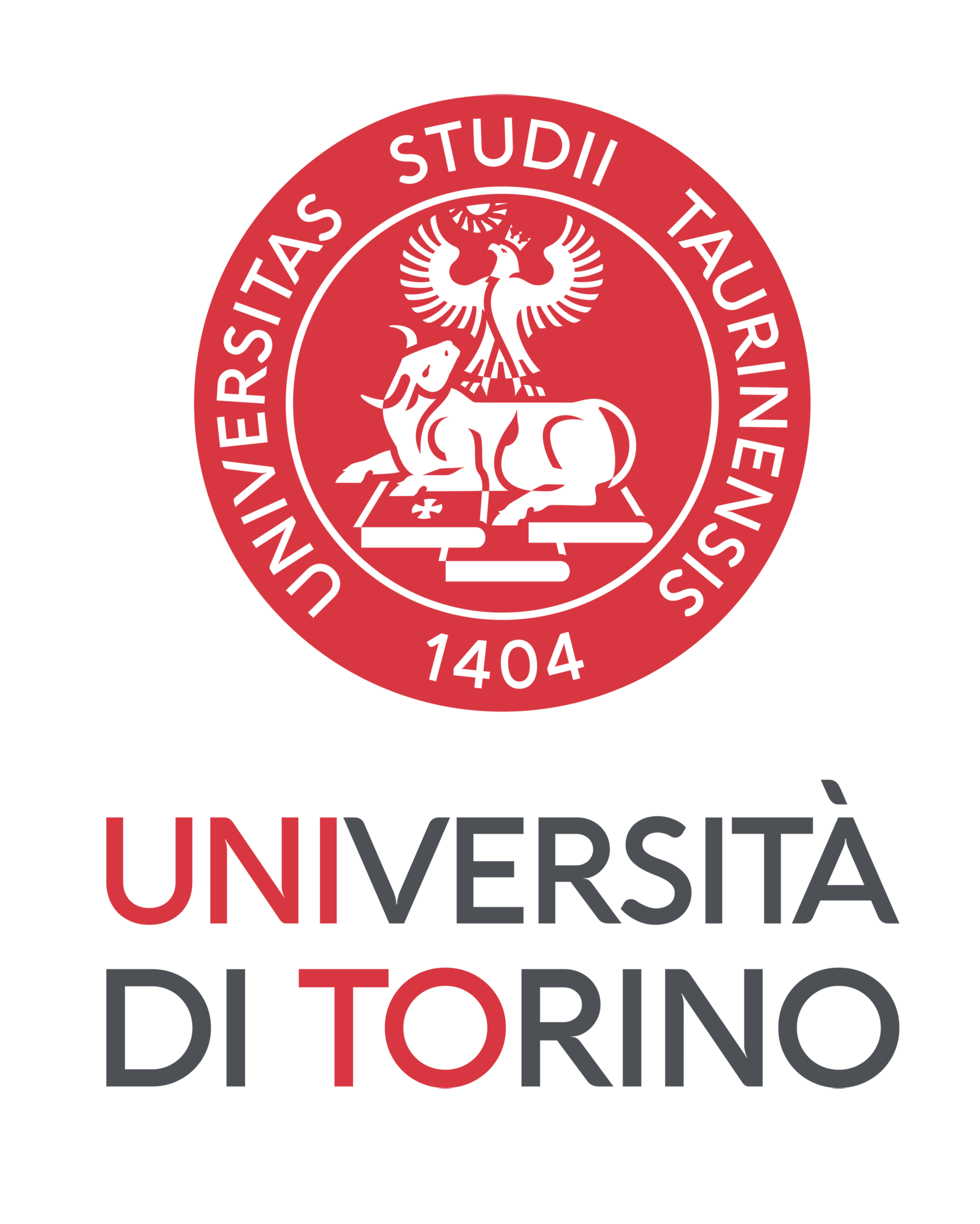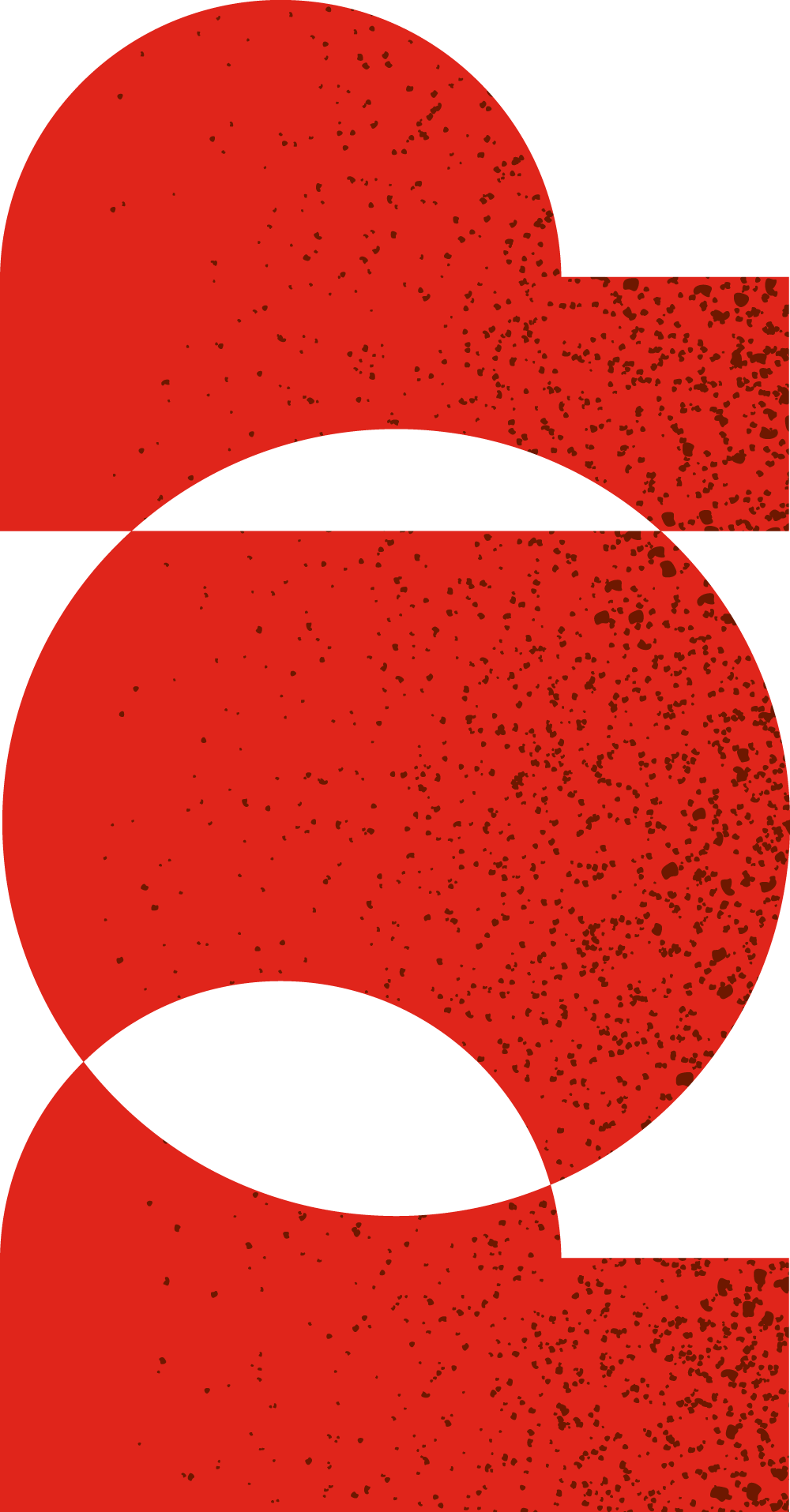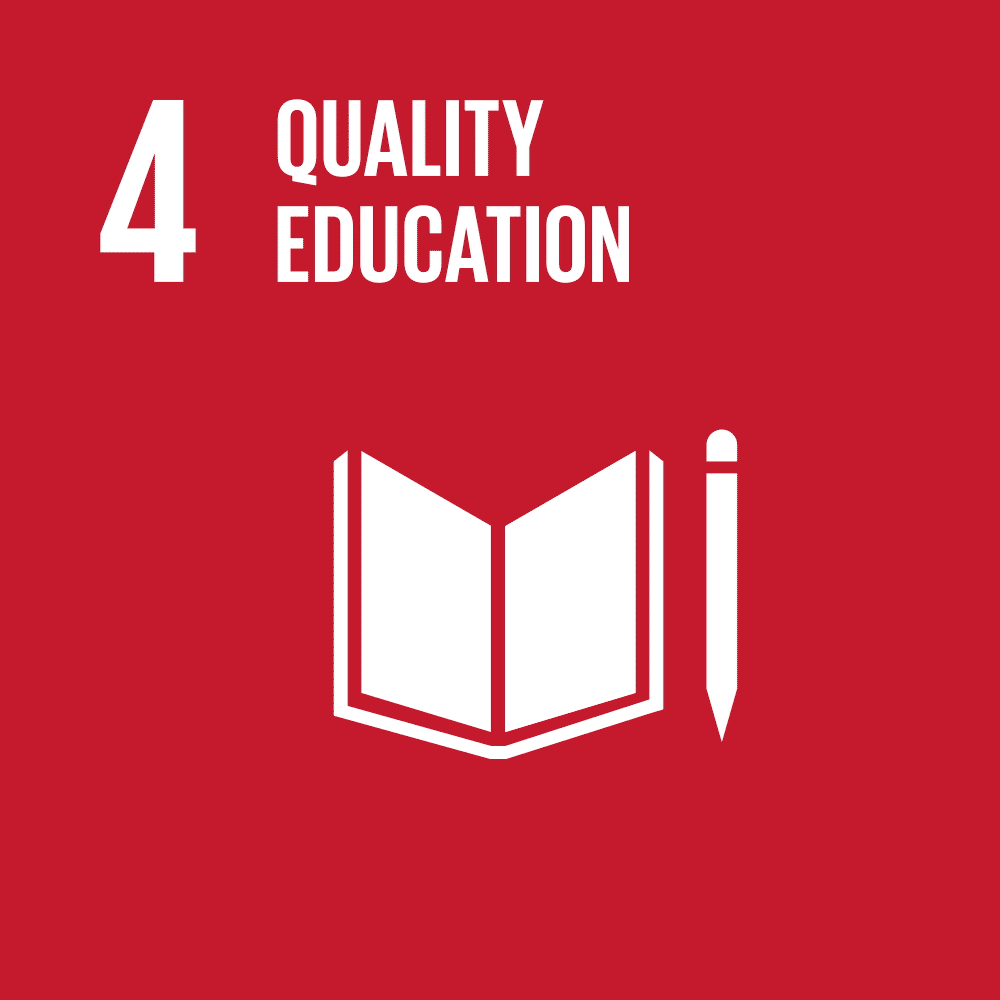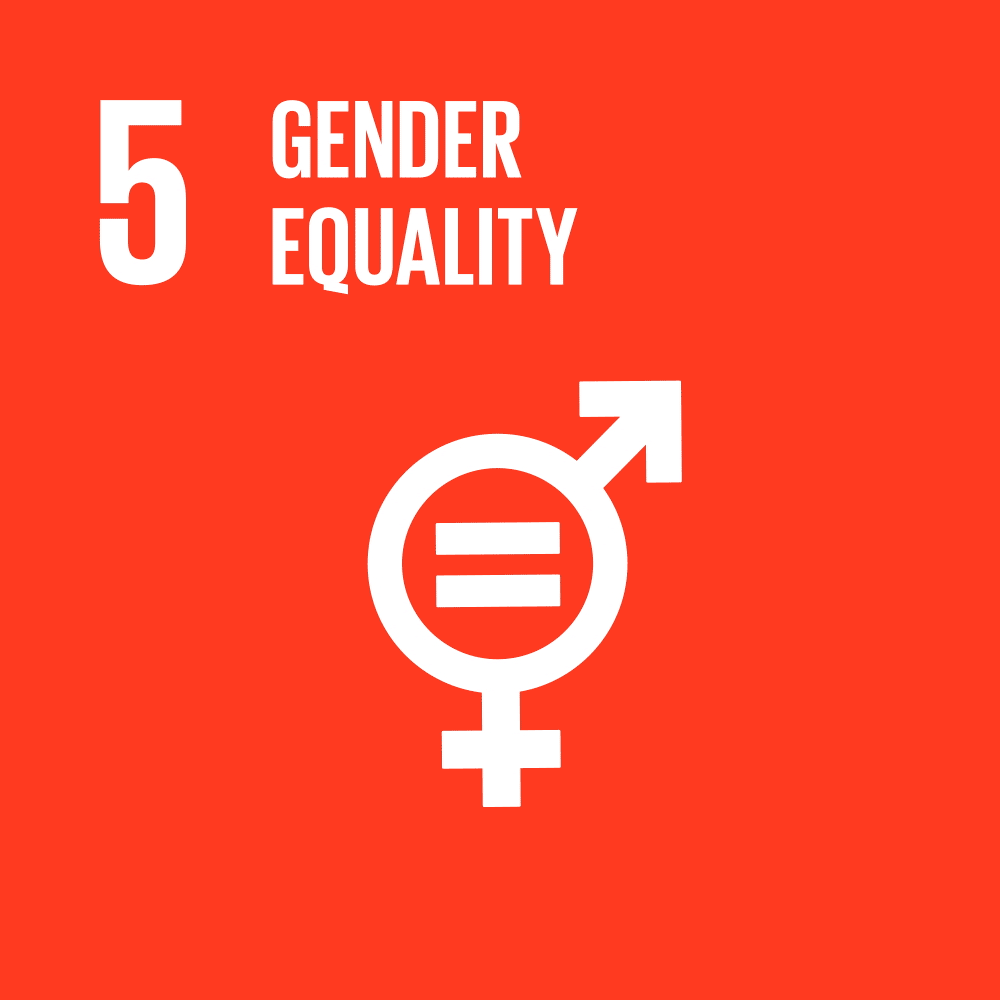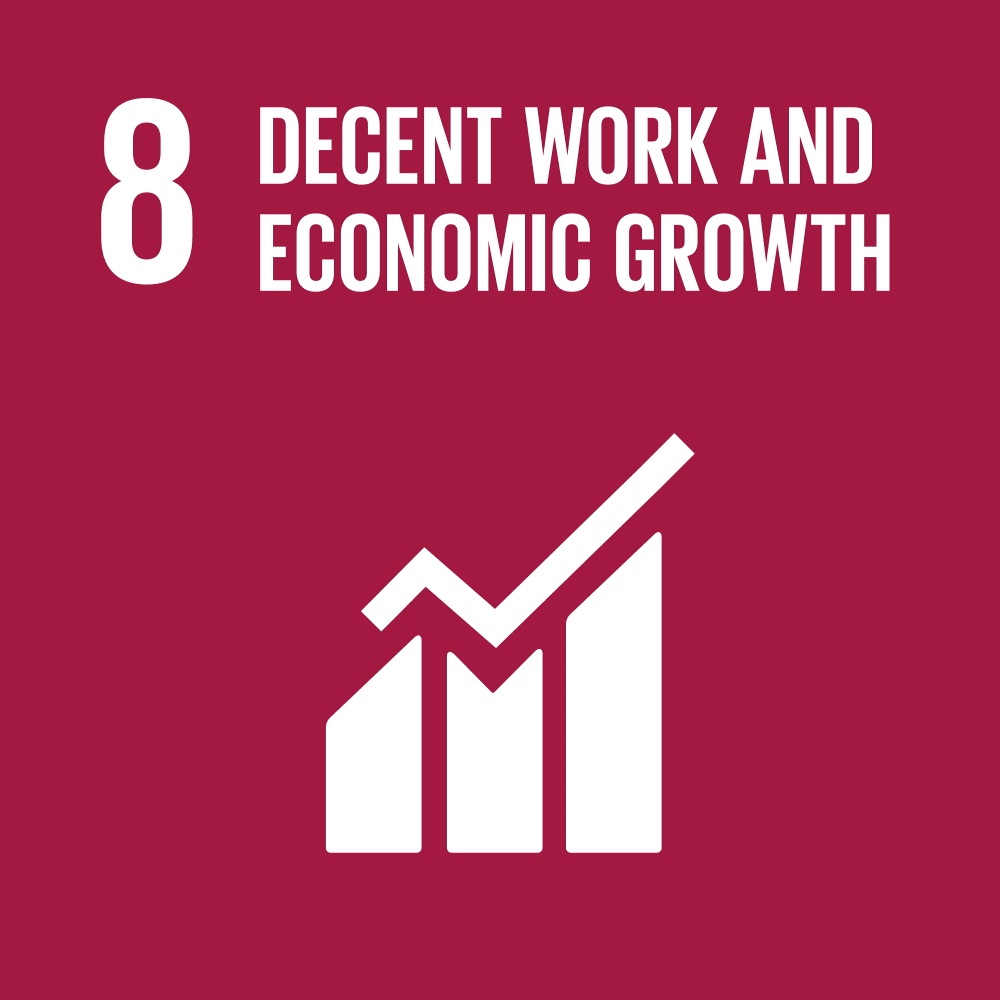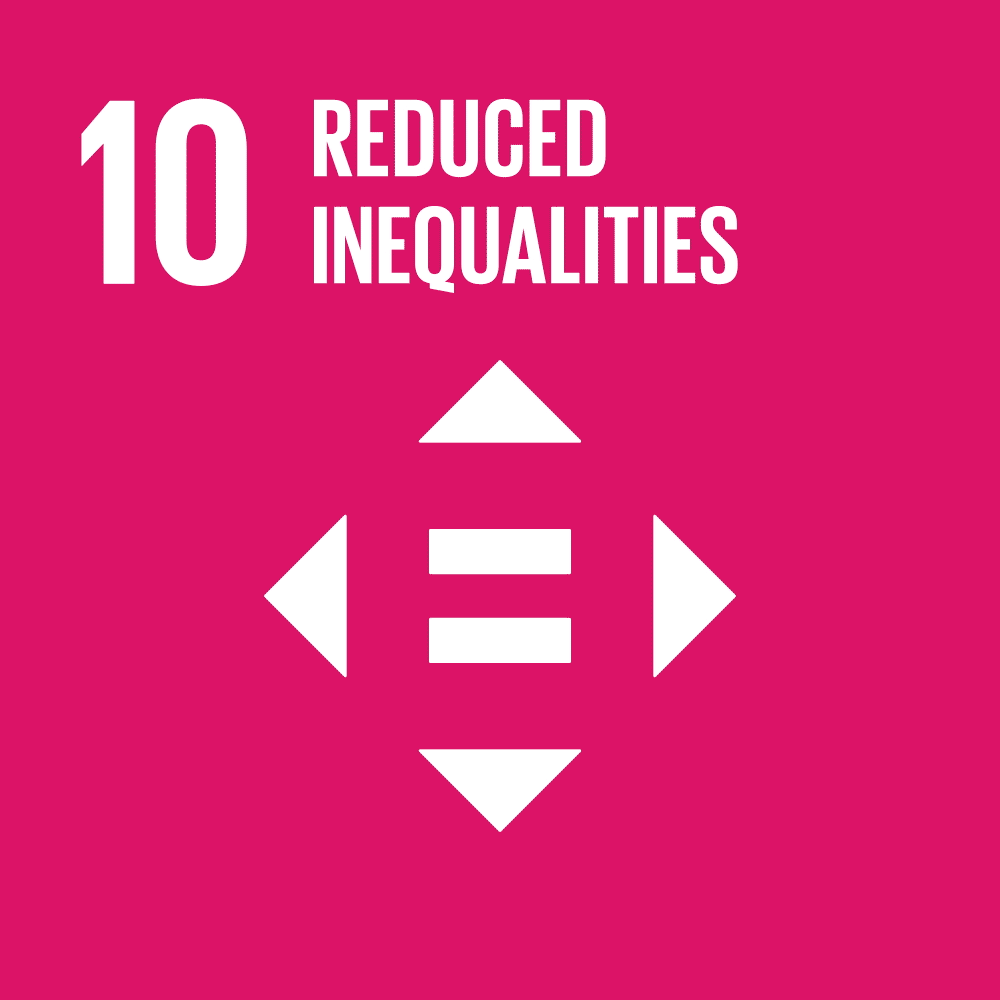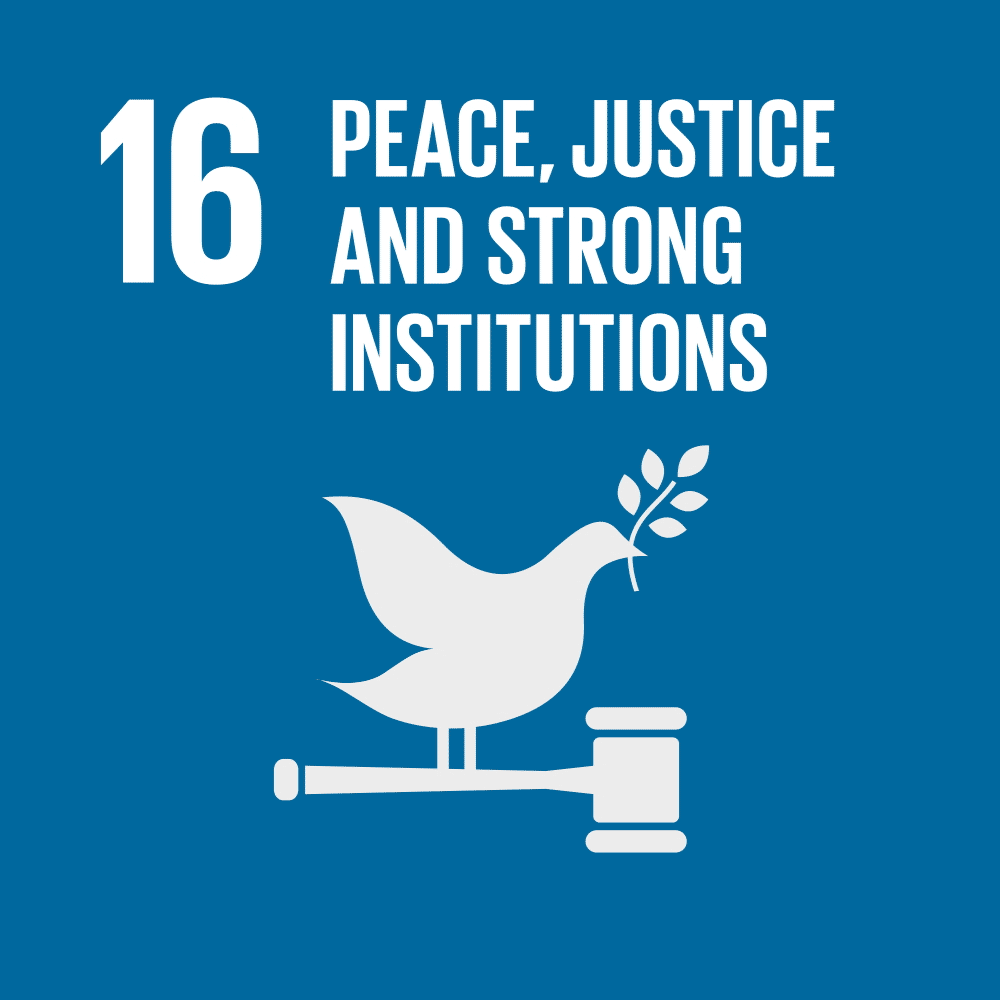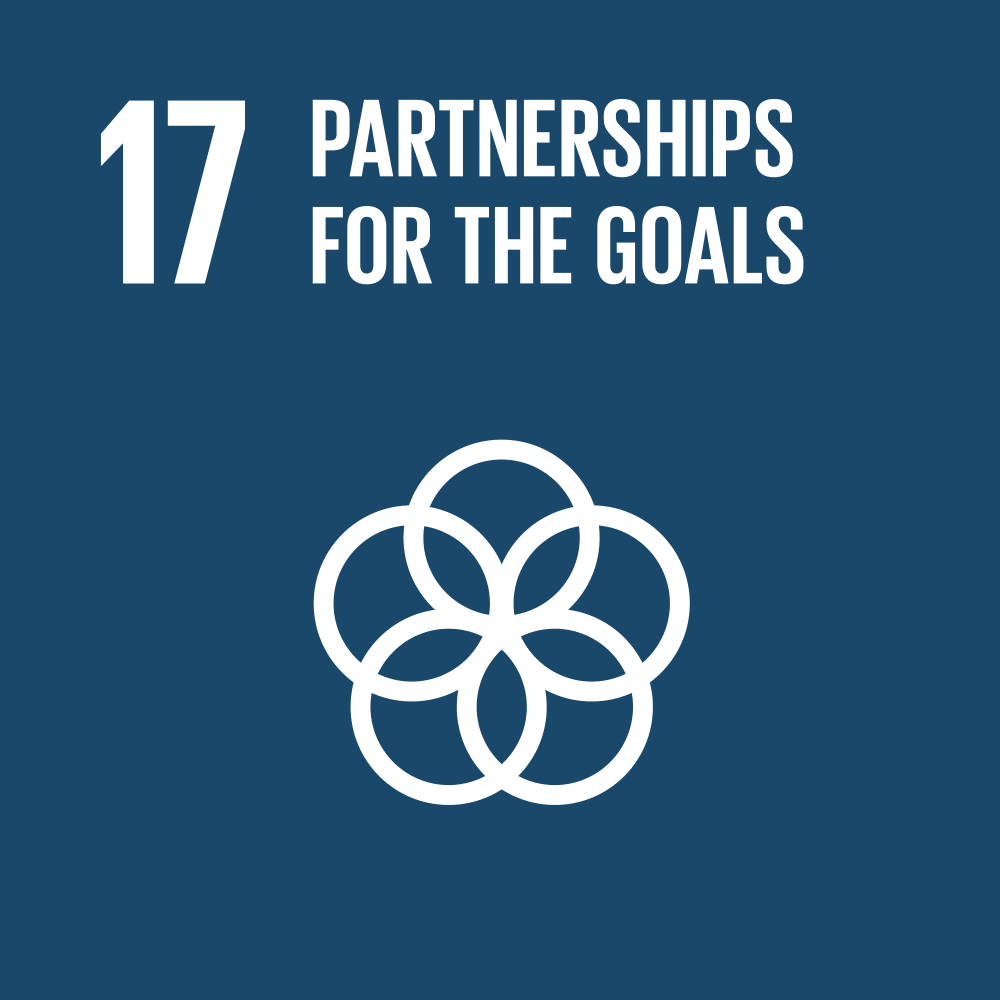Main results
In recent years, there has been a fluctuating trend in the number of enrolments at UniTo. For A.Y. 2021/2022 enrolment (about 81,000) is higher than for 2020/2021 (80,548). The distribution of the student community by gender is constant over time. Indeed, of the 81,000 students about 62% are females while 38% are males.
It is confirmed the long-standing change with respect to the institutions of origin of freshmen, namely, those enrolled in the first year of a three-year course: although for more than half of the cases the enrolled come from high schools, the decline in the flow continues, in favour of an increasing number from technical and vocational institutions.
In 2021/2022, there is evidence of greater attractiveness from high schools for more than half 29 of those enrolled (54% in 2021/2022) and technical institutes (27% in 2021/2022).
Source: Directorate of Education and Student Services
| Students of UniTo | ||
| Enrolled 2020/2021 | Enrolled 2021/2022 | |
| Students enrolled | 83.712 | 82.601 |
| Males | 38,60% | 37,8% |
| Females | 61,40% | 62,2% |
| Between 19- and 25-years old females | 44,21% | 43,98% |
| Age 25 and older females | 16,72% | 17,39% |
| Between 19- and 25-years old males | 27,13% | 26,34% |
| Age 25 and older males | 11,94% | 12,30% |
| Number of freshmen (bachelor’s and master’s/specialist degrees) | 26.329 | 22.513 |
| Males | 39,57% | 38,46% |
| Females | 60,43% | 61,54% |
| Enrolled in bachelor’s degree program | 51.742 | 50.032 |
| Enrolled in master’s/specialist degree program | 17.151 | 17.649 |
| Enrolled in single-cycle degree program | 11.683 | 11.671 |
| Enrolled in master’s degree programs of I and II level. | 1.953 | 1.889 |
| PhD students | 1.183 | 1.360 |
| Residents outside Piedmont | 20,74% | 23,9% |
| With foreign citizenship | 5,87% | 6,2% |
| Students with disabilities | 999 | 1.002 |
| Males | 444 | 440 |
| Females | 555 | 562 |
| Students with DSA | 2.177 | 2.338 |
| Males | 994 | 1.043 |
| Females | 1.183 | 1.295 |
| Funds to support students with disabilities or DSA | 648.303€ | 648.000€ |
| Source: Directorate of Education and Student Services | ||
In the academic year 2021/2022, about 1,300 students are found to be enrolled in master’s degree programs of I and II levels, and as of 12/31/2022, there are more than 1,300 doctoral students.
While the number of bachelor’s, master’s and single-cycle degree programs has remained constant for the two academic years (2020/2021 and 2021/2022), the number of doctoral programs has increased significantly from 38 to 54, of which 14 are in agreement or consortium and 14 are of national interest. Similarly, the number of master’s Degrees Level I increased from 50 to 69 courses, while the number of Master’s Degrees Level II remained at 36. UniTo also offers the possibility of access to the Ferdinando Rossi School of Advanced Studies, that is, the university school of higher education that accompanies and integrates the career of students enrolled in all of the University’s degree programs. Graduate schools have moved from 60 to 58 in the 2021/2022 academic year.
Source: Office of Students with Disabilities and DSA
UniTo holds a national record in terms of policies for the inclusion of male and female students with disabilities or DSA, namely ‘Disturbi Specifici dell’Apprendimento’ (Specific Learning Disorders). In 2021/2022 in UniTo there are 1,002 students with disabilities and 2,338 with specific learning disorders. Athenaeum budget has seen in 2021/2022 an investment of 648,000€ in actions dedicated to Disability and DSA. The distribution among male and female students is proportional.
| Educational offering | ||
| 2020/2021 | 2021/2022 | |
| Bachelor’s degree courses | 69 | 68 |
| Master’s degree courses | 79 | 81 |
| Single-cycle courses | 9 | 9 |
| Specialization schools | 59 | 58 |
| PhD courses | 38 | 54 |
| Master’s Degree Level I | 47 | 47 |
| Master’s Degree Level II | 35 | 38 |
| Institutes of excellence | 1 | 1 |
| Continuing education and professional development courses | 22 | 25 |
| Source: Directorate of Education and Student Services | ||
The majority of those enrolled are female students; the figure has remained constant over the years. The figure is similar for new freshmen. The number of students residing outside Piedmont is growing slightly and is 23.9% of total enrolment, showing greater attractiveness than in other regions; indeed, Piedmont ranks 5th in terms of attracting students from outside the region and keeping them in the area. Only 6.2% have foreign citizenship, an average that is still higher than the national percentage of 5.3% of total enrolment.
The graduates
There are about 14,282 graduates in 2022, including about 7,900 graduates in level I and about 6,369 in level II or single-cycle graduates.
The last two years, considering three-year, specialist/master’s or single-cycle courses, see more students graduating in the Departments of Management “Valter Cantino” with about 13% of graduates; Cultures, Politics and Society with about 11% of graduates; and Humanities with more than 7% of the total number of graduates.
Degree by department
| Degree by department | ||||||
| 2020/2021 | 2021/2022 | |||||
| Department | Bachelor’s degree | Master’s degrees | Specialized-master’s courses | Bachelor’s degree | Master’s degrees | Specialized-master’s courses |
| Molecular biotechnology and health sciences | 59 | 36 | 71 | 35 | ||
| Chemistry | 151 | 179 | 163 | 212 | ||
| Cultures, Politics and Societ | 1102 | 650 | 934 | 693 | ||
| Economics and Statistics “Cognetti de Martiis” | 143 | 90 | 149 | 117 | ||
| Philosophy and Educational Science | 433 | 260 | 274 | 471 | 253 | 297 |
| Physics | 119 | 146 | 132 | 108 | ||
| Law | 356 | 428 | 85 | 455 | 366 | 102 |
| Informatics | 201 | 185 | 224 | 200 | ||
| Interateneo of science, planning and territory policy | 17 | 13 | ||||
| Foreign Languages and Literatures and Modern Cultures | 777 | 425 | 599 | 482 | ||
| Management “Valter Cantino” | 1345 | 695 | 1104 | 879 | ||
| Mathematics “Giuseppe Peano” | 230 | 85 | 241 | 114 | ||
| Neuroscience “Rita Levi Montalcini” | 7 | 8 | ||||
| Oncology | 21 | 15 | ||||
| Psychology | 302 | 567 | 307 | 464 | ||
| Drug Science and Technology | 41 | 164 | 28 | 127 | ||
| Agricultural, Forestry and Food Sciences | 262 | 251 | 230 | 236 | ||
| Surgical sciences | 143 | 41 | 163 | 48 | ||
| Clinical and Biological Sciences | 168 | 119 | 95 | 183 | 97 | 91 |
| Public Health and Paediatric Sciences | 463 | 27 | 452 | 46 | ||
| Earth Sciences | 30 | 34 | 19 | 37 | ||
| Life Sciences and Systems Biology | 703 | 256 | 681 | 218 | ||
| Economic-social and mathematical-statistical sciences | 239 | 262 | 189 | 158 | ||
| Medical sciences | 28 | 368 | 121 | 23 | 373 | 140 |
| Veterinary sciences | 64 | 87 | 47 | 78 | ||
| Historical Studies | 196 | 22 | 126 | 174 | 10 | 132 |
| Humanities Studies | 884 | 201 | 851 | 243 | ||
| Total | 8467 | 1489 | 4807 | 7913 | 1352 | 5017 |
| Source: Directorate of Education and Student Services | ||||||
The quality of education
For A.Y. 2021/2022, the percentage of Evaluation Questionnaires completed by students within the first call for the university is 81.25%, slightly increasing over the last three years. The results of the satisfaction indices show for the university-wide IQs decidedly positive and improving values on all questions, both from the previous year and over the last three years, with average values always above 85% even on the question about lecture halls, reintroduced in 2021/22. For lecture hours, consistency of delivery, faculty availability, and the new question on online lectures, average satisfaction exceeds 90%.
As for the average University values for the part related to course organization and services, the satisfaction index exceeds 75% for all questions, except for Organization (70%, up two percentage points from 2021) and Lecture Hours (72%, down from 74% the year before), as well as Secretarial Service (62%, improving from the previous year, but lower than the 65% in the 2020 survey), while Overall Satisfaction is above 85% (was 82%), also improving from pre-pandemic.
The average University values for the examination part are above 85%, in line with the previous survey.
About 30% of students graduate with a grade of 110 out of 110 and about 20% with a grade between 105 and 109. On average, it takes UniTo students four years to finish a bachelor’s degree, two years and five months to finish a master’s degree, and six years and four months to finish a single-cycle degree.
Internships and traineeships
The number of internships has increased since the pandemic period (COVID-19) demonstrating a return to normality. 36.52% of enrolled students had work experience through the Athenaeum’s offerings.
| Internships and traineeships | ||
| 2020/2021 | 2021/2022 | |
| Number of curricular internships activated | 19.276 | 30.166 |
| Number of extracurricular internships | 322 | 382 |
| Number of curricular internships and PCTO | 341 | 1.090 |
| New companies accredited to UniTo | 1.513 | 1.814 |
| Total accredited companies | 15.660 | 19.529 |
| Jobs and extracurricular internships posted | 1.108 | 2.446 |
| Source: Directorate of Education and Student Services | ||
Employment rate of 2020 graduates 1 year after graduation
Referring to the quality of education at UniTo, in particular the Sustainable Development Goal 4 (Ensure inclusive and equitable quality education and promote lifelong learning opportunities for all) in recent years, the Athenaeum has been making significant improvement. Better results than the national average also for the employment rate 1 year after graduation: 57.6% versus the national average of 53.5% in 2021/2022.
In Italy, the unemployment rate for a university graduate is 10.1% compared to 13.5% for a high school graduate and 21.5% for people with an intermediate education (ISTAT data: 2022), and the number of graduates at UniTo in the last 5 years has increased from 12,014 in 2018 to 13,958 in 2022 (with a slight decrease from 2021).
The gross annual salary of a graduate is €40,026 per year compared to a non-graduate whose salary drops to €27,501 (JobPricing Observatory on JobPricing data). Income increases as the level of study increases: 30,195 € bachelor’s degree, 42,467 € master’s degree I level, 42,016 € master’s degree II level, 48,378 € master’s degree II level, 48,749 € doctorate. (JobPricing Observatory on JobPricing data 2021 latest available). Italian graduates in the North have a higher average income (€40,527) than graduates in the Center (€39,701) and South and Islands (€38,062) (Data: JobPricing data 2021 latest available).
The average gross income of a UniTo graduate between the ages of 25 and 34 is €30,364 and is in the average range of salaries that graduates of other Italian public universities have. The average gross annual salary of a graduate between the ages of 25 and 34 at a public university is found to be higher for graduates of the Milan Polytechnic and lower for the University of Cagliari (elaboration on JobPricing Observatory data processing, 2021). Turin ranks 22nd among other Italian universities in terms of the number of individuals hired as a percentage by composition of regional profiles (7.2% managers, 20.8% executives and 72% clerical staff).
67.8% of UniTo graduates are absorbed in the private sector, 26.8% in the public sector and 5.3 in the nonprofit sector. 85.8% find jobs in Italy’s Northwest due to the area’s ability to recognize trained professionals.
| Characteristics of absorbed students from the University of Turin AlmaLaurea | |||
| Total Average |
First level |
Second level |
|
| Profession held (%) | |||
| Entrepreneurs, legislators and top management | 1,3 | 1,7 | 0,9 |
| Intellectual, scientific and highly skilled professions | 27,7 | 16,4 | 36,6 |
| Technical professions | 31,1 | 41,7 | 22,8 |
| Executive professions in office jobs | 11,4 | 13,6 | 9,7 |
| Other professions | 10,9 | 18,5 | 4,8 |
| Other | 17,6 | 8,1 | 25,1 |
| Type of employment activity (%) | |||
| Own business | 8,5 | 8,8 | 8,3 |
| Permanent employment | 21,1 | 24,1 | 18,7 |
| Temporary employment | 27,9 | 28,9 | 27,1 |
| Scholarship or research grant | 5,6 | 1,0 | 9,2 |
| Training contracts | 23,6 | 17,5 | 28,4 |
| Other contractual forms | 11,0 | 16,2 | 6,8 |
| Without contract | 2,2 | 3,3 | 1,3 |
| Diffusion of smart work (%) | 21,7 | 16,2 | 26,0 |
| Diffusion of part-time work (%) | 23,8 | 35,0 | 14,8 |
| Number of weekly working hours (average) | 34,6 | 32,5 | 36,3 |
Source: elaboration on Alma Laurea Data (2022)
UniTo’s international dimension
UniTo offers the opportunity for students and researchers to complete their academic career with an experience abroad and attracts students and faculty from international universities through European and non-European exchange and mobility programs.
In 2021/2022, 30 international double/joint degree mobility agreements were activated. More than 430 academic cooperation agreements have been initiated with universities and research institutions in 79 countries. About 21 courses of study and curricula were delivered entirely in English. In addition, there were about 2,700 students enrolled with foreign access degrees.
In 2021/2022, the range of universities and research institutions with whom UniTo has established collaborations has increased from 31 to 79 countries. Similarly, the number of agreements increased from that 80 in A.Y. 2020/2021 to 480 in 2021/2022.
In A.Y. 2021/2022, the Marco Polo and Turandot Project organized by the Italian Embassy and promoted by the University of Turin through the Internationalization Area offered Chinese students who do not know the Italian language the opportunity to obtain entry visas to Italy for university enrolment (in courses of study that have reserved a quota for Marco Polo students) on the condition that they attend a 10- or 11-month Italian language course offered by some Italian universities and language centres participating in the project. At the end of the course, students who obtain a B1-level certification or higher possess the language requirement to enrol in their chosen university.
